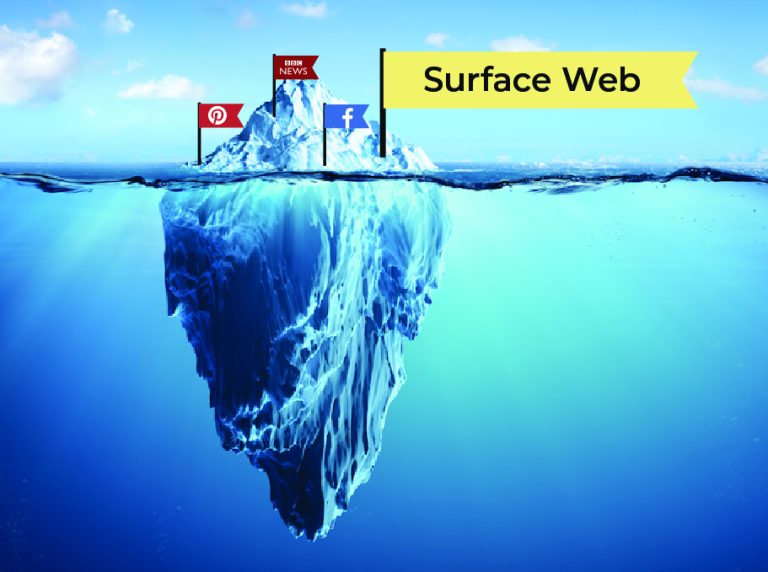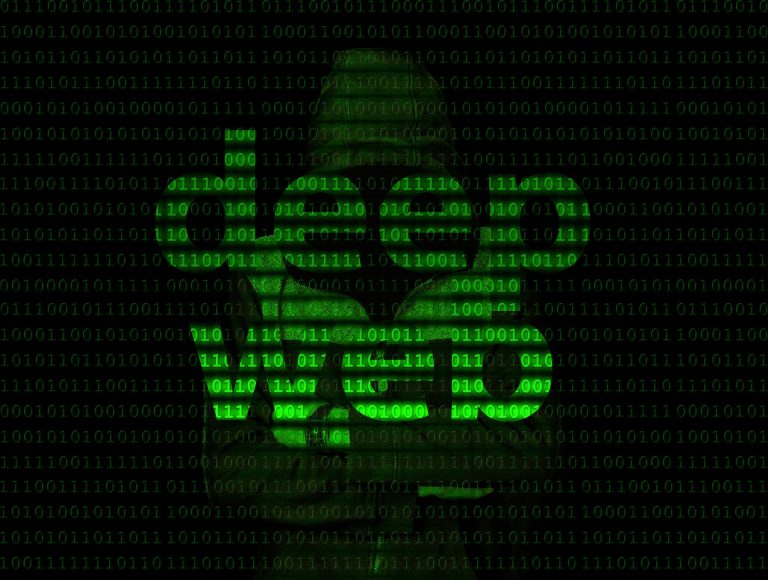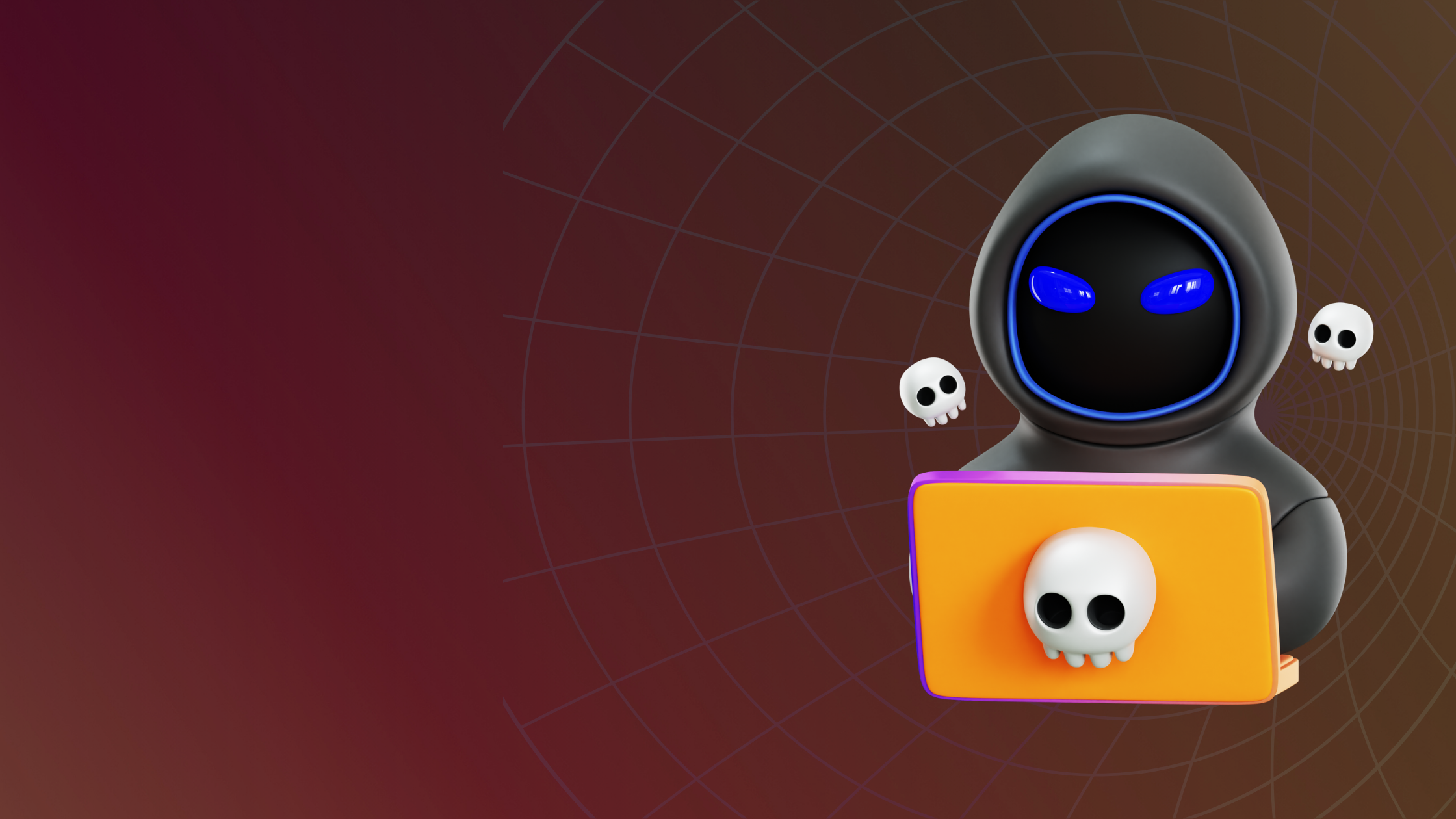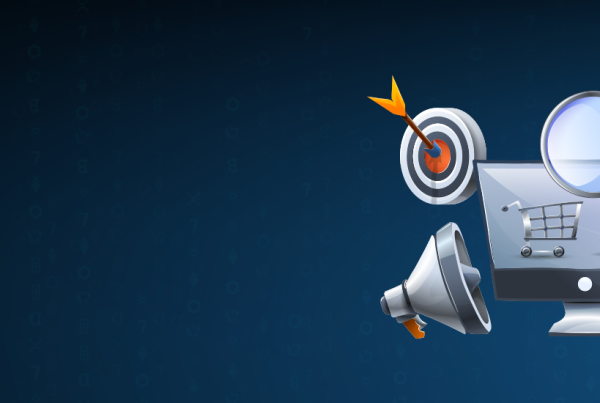Decrypting the Dark Web: The Hidden Realities of the Internet
In today’s digital age, the internet is an integral part of our lives, connecting billions of people worldwide. It has revolutionized how we access information, communicate, and conduct business. However, beyond the familiar surface web lies a concealed and enigmatic realm known as the Dark Web. This hidden facet of the internet is a subject of intrigue, mystery, and, at times, notoriety.
This blog provides a comprehensive exploration of the Dark Web and delves into its history, characteristics, uses, benefits, drawbacks, and legal status.
Before we embark on a journey into the depths of the Dark Web, it’s essential to comprehend the layers that make up the internet. The internet is not a monolithic entity but a complex ecosystem with distinct strata, each serving different purposes.
Understanding Internet Layers
Before we embark on a journey into the depths of the Dark Web, it’s essential to comprehend the layers that make up the internet. The internet is not a monolithic entity but a complex ecosystem with distinct strata, each serving different purposes.
1. Surface Web
The surface web, or visible web, is one of the layers of the internet that is readily accessible through conventional web browsers. It’s the internet most people interact with daily. Here, you can access websites, search engines, social media platforms, news articles, online shopping, and more. Search engines such as Google index content on the surface web, making it simple to find and navigate.


2. Deep Web
Beneath the surface web lies the vast expanse of the deep web, which accounts for the majority of the World Wide Web. The deep web contains all the non-indexed content that is available online. This includes private databases, personal emails, banking information, and restricted-access websites. The deep web is hidden from public view and accessible only with the right authorization, in contrast to the surface web.
3. Dark Web
Within the deep web, there exists a realm that goes even deeper, concealed under layers of encryption and anonymity. This enigmatic space is known as the Dark Web. It is a place where traditional search engines dare not tread, and access is not as straightforward as typing a URL into your browser.

What is the Dark Web?
The Dark Web, also referred to as the Dark Net, is a secretive and secluded layer of the internet. Unlike the surface web and even the deep web, the Dark Web operates on a different set of technologies and principles.
Anonymity and Encryption
One of the defining characteristics of the Dark Web is its emphasis on anonymity and encryption. Traditional internet usage often involves revealing your IP address and identity when you access websites. In contrast, the Dark Web offers a level of anonymity that can be appealing for various reasons, including privacy, security, and circumventing censorship.
Inaccessibility by Traditional Means
The Dark Web is intentionally hidden from traditional search engines and browsers. You won’t find these websites through a simple Google search. Instead, to access the Dark Web, users need specialized software and tools. The most well-known of these tools is the Tor (The Onion Router) browser, designed to facilitate anonymous browsing by routing your connection through a network of volunteer-operated servers.
The Origins of the Dark Web
The Dark Web didn’t emerge by chance; it has a history deeply intertwined with government initiatives. The project began as a way for the U.S. military to securely exchange information. It was designed as a way to safeguard data transfer and communications. Although it was initially created with government goals in mind, it has since developed into a place with a variety of users and goals.
How Does the Dark Web Work?
A fundamental understanding of data transmission in this hidden space is necessary to comprehend how the Dark Web operates. Let’s illustrate this through an example:
In contrast to the direct path from Point A to E on the regular internet, the Dark Web inserts intermediary points—B, C, and D. Information is encrypted and rerouted at each point, with only awareness of the previous and next points.
This relay system prevents any single point from knowing the full data transfer path, averting leaks. When you request content, your IP address navigates through multiple nodes, altering your digital identity—termed “onion routing.” This layered approach enhances privacy and security, distinguishing the Dark Web’s hidden information exchange.
Accessing the Dark Web
You need the Tor browser to access the Dark Web, specially designed to work with the onion routing mechanism. This browser, when used in combination with a secure Linux distribution called Tails, offers a heightened level of privacy and security. Tails are particularly designed to leave no traces of your activities, as all data is discarded upon shutdown.
One distinctive feature of the Dark Web is its website URLs. Unlike the human-friendly names of traditional websites, Dark Web URLs are made up of a hexadecimal set of characters and end with the “.onion” domain.
This unique addressing system adds a layer of concealment. To access content on the Dark Web, users often rely on specialized search engines like DuckDuckGo, which can search for content produced within this hidden network.
The Benefits of the Dark Web
The Dark Web offers several advantages that cater to diverse user needs:
The Dark Side of the Dark Web
While the Dark Web offers unique benefits, it also comes with significant risks and drawbacks:
Is the Dark Web Illegal?
One common misconception is that using the Dark Web is inherently illegal. However, the legal status of the Dark Web is more nuanced than it might seem.
The Tor network, which forms the backbone of the Dark Web, is not illegal. Initially developed by the U.S. Navy as a tool for secure communication. It remains funded by the U.S. government and continues to be used for various legitimate purposes.
The legality of your actions on the Dark Web depends on what you do while using it. Accessing the Dark Web itself isn’t illegal, but engaging in criminal activities, such as purchasing illegal goods or services, hacking, or engaging in cybercrimes, is against the law.
For many users, the Dark Web serves as a refuge for free expression, privacy, and a means of bypassing oppressive surveillance. It provides a platform for individuals to share information without fearing government or corporate interference.
Wrapping Up!
The dark Web is a hidden facet of the internet, shrouded in anonymity and intrigue. It offers benefits in terms of access to censored content, privacy, and protection for whistleblowers and activists. However, its darker side is marked by scams, criminal activities, and a lack of trust. The legal status of the Dark Web is a complex matter, with its usage dependent on individual intentions. The internet’s hidden realities, as embodied by the Dark Web, continue to captivate, challenge, and mystify users around the world.





One Comment